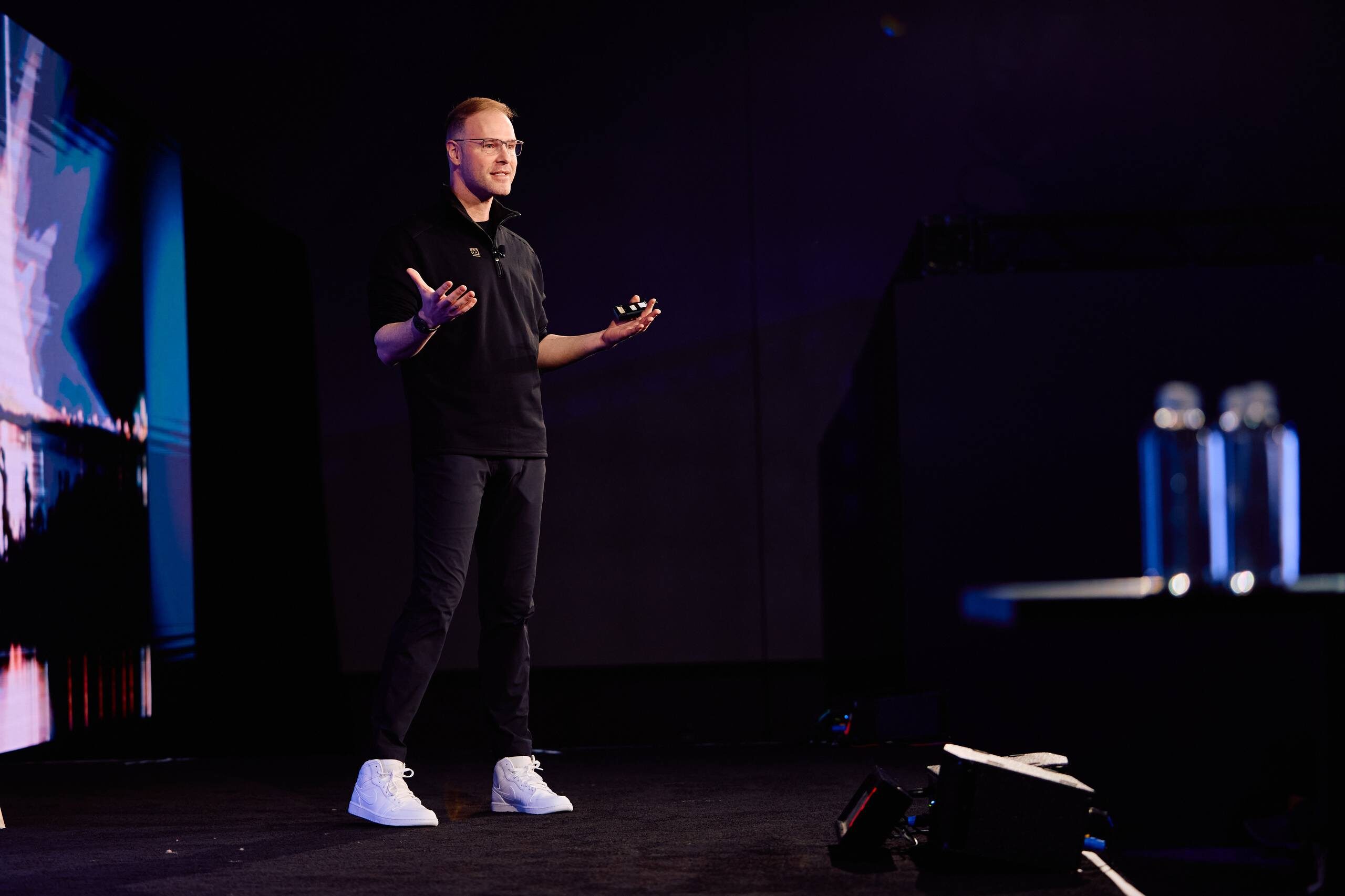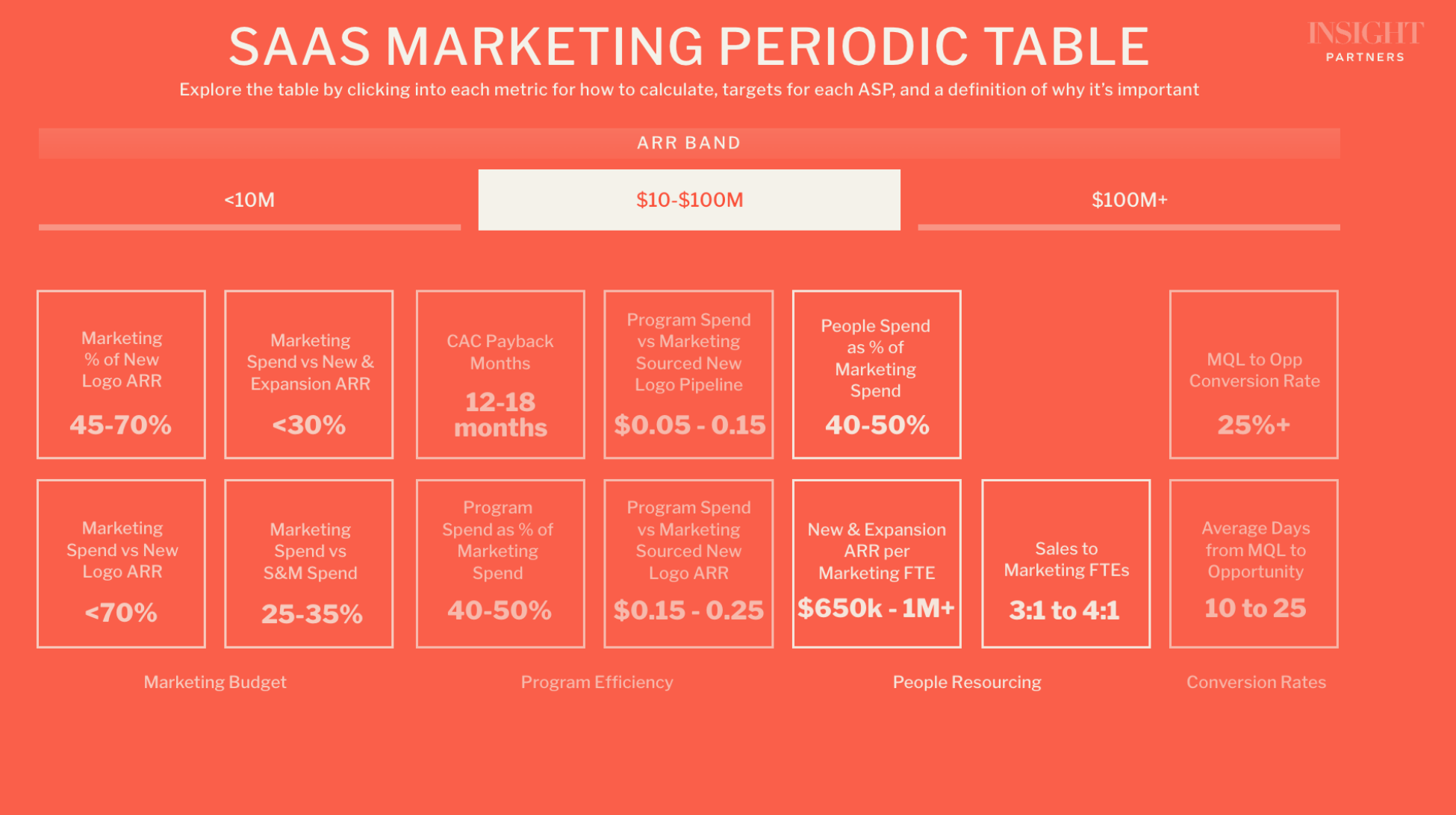
Disruptive technologies are those that overturn the status quo and change the way businesses operate. In today’s business landscape, there is no technology more disruptive than artificial intelligence (AI). AI is already being used to create new products and services, and its impact on marketing is just beginning to be felt. Leveraging generative AI (GAI) tools will be critical for every organization, and founders need to understand how this will change the game in marketing.
Read more: The Next Stack: Generative AI from an Investor Perspective
Welcome to the age of mass personalization
Every organization is asking marketing to do more with less today. But the true power of GAI for marketing is getting more throughput from their teams and covering the “long tail” of marketing more efficiently and effectively. To be clear, GAI isn’t simply about creating more content; it is about creating content that talks to your target markets, ICPs, verticals, and geographies with a more personalized approach that will drive deeper engagement.
[…]the true power of generative AI for marketing is getting more throughput from teams and covering the “long tail” of marketing more efficiently
As GAI becomes a common tool in marketing, integrated campaigns targeting specific verticals, target personas, or use cases will be assembled with incredible speed and quality. In the past, content was the limiting factor, but with GAI covering more targets, more completely will become the norm. That means you will have a white paper, a landing page, email campaign, digital ads, landing pages, SDR cadences, and more, constructed more completely and in-market with unprecedented speed.
Personalization happens at every point of the customer journey. That journey often begins at your website. Mutiny is an Insight portfolio company that offers a no-code AI platform that leverages OpenAI’s GPT-3 to personalize website content. It drafts high-converting changes fast with AI content suggestions. AI enables your website to deliver the right message to the right audience, seamlessly.
What happens to SEO?
In the age of generative AI, SEO is more important than ever. While AI can certainly help generate more content, it’s important to remember that quantity alone isn’t enough to rank high on Google (or Bing, or whatever is next). What truly matters to the search engine, now and in the future, is great content that is focused on context and quality. This means that businesses still need to create content that is relevant, informative, and engaging for their target audience. By doing so, they can improve their search engine rankings, which will get them cited in the GAI response and ultimately attract more traffic to their website.
[…] the best SEO strategy will involve a combination of AI-generated content and high-quality, human-written content
It’s also important to keep in mind that AI can assist in creating content, but it can’t replace the human touch. The best SEO strategy will involve a combination of AI-generated content and high-quality, human-written content. As always, the key to success is to stay focused on providing value to your audience and creating content that they find useful and engaging.
Marketing roles will change
As with every disruptive change, roles evolve as well. Every area in marketing will be impacted, from demand generation to digital marketing to product marketing. While it is early days, it is worth considering where GAI will change roles and begin to adjust the organization to accommodate this evolution.
- Content writers are likely to evolve from pure writers to editors and prompters.
- Do you have people with both the will to change and the capacity to learn new skills?
- Will you need as many digital advertising people as AI tools begin to pick up much of the repetitive work associated with the role?
- Will AI marketing tools optimize integrated campaigns automatically, and who will drive this new strategy?
These are just some of the questions yet to be fully answered in this fast-moving and fluid environment. Once you have the GAI strategy in place, you must create a culture within your organization that encourages experimentation and data-driven decisions. This will ensure that generative AI can be used to its fullest potential and allow it to live up to both its hype and potential.
A new age of MarTech is upon us
To start leveraging generative AI in your marketing strategy, you must first invest in the right technology. And for the foreseeable future, this will be a moving target as the capabilities advance at lightning speed. Most solutions like marketing automation, chatbots, account-based, sales engagement, and more will infuse a level of GAI into their solutions, but that is only part of a successful approach. Your org will need tools that don’t simply improve the existing approaches but take full advantage of the new paradigm that GAI promises.
Your org will need tools that don’t simply improve the existing approaches but take full advantage of the new paradigm that GAI promises
The key will be to develop new enterprise workflows that combine the power of GAI with new tools that create more bespoke solutions that match your company’s voice, brand, and guidelines. Insight portfolio companies such as Writer and Jasper are creating enterprise-ready solutions that help organizations manage new teamwork processes and compliance issues, creating a new level of consistency across the organization. They are a major step up from the one-size-fits-all ChatGPT.
Don’t stop with text
Yes, the first use case for many is around generative text, but no organization will unlock the full potential of GAI if they don’t also explore both image and video capabilities for marketing. Technology is advancing rapidly here to provide customized and humanlike artistic images. Creative teams should begin to utilize these tools to reduce costs and drive output.
One of the most common uses of generative AI in B2B is personalized product and creative imagery. This allows businesses to create realistic images to fit a particular segment or group. With this technology, businesses can easily adapt visuals for different channels, such as social media platforms or websites.
Insight portfolio company Hour One is an AI-based synthetic video platform that specializes in leveraging AI technologies to create realistic synthetic video. Hour One produces digital clones of people that can move and speak realistically for synthesized videos and interactive avatars usable in the real world and the virtual workspaces of the metaverse. With Hour One’s AI avatar technology, you can generate premium video from text, automatically and affordably, allowing you to keep pace with your audience’s need for rapid reporting. There are many use cases for this technology which include product videos, website videos, support videos, etc. Organizations can now quickly and cost-efficiently power a true video-first marketing strategy.
Leading generative AI adoption
The marketing organization structure of tomorrow will be driven by AI. The CMO’s role in this new structure will be twofold.
- Founders and CMOs must ensure the right organizational structure and processes are in place to enable AI-driven marketing. This includes investing in the right technology and creating a culture that values experimentation and data-backed decisions.
- Marketing leaders must become AI evangelists within their organization, advocating for the use of AI-enabled solutions and inspiring others to seize the opportunities presented by these technologies.
Is your marketing team ready to join the generative AI revolution? Now is the time to begin experimenting with new approaches in your organization. It is clear that much will change in marketing, and it will happen quickly. Every founder needs to ensure that their marketing organization is ready to keep up and begin to get ahead of the curve. It is time to take advantage of this transformational opportunity.







